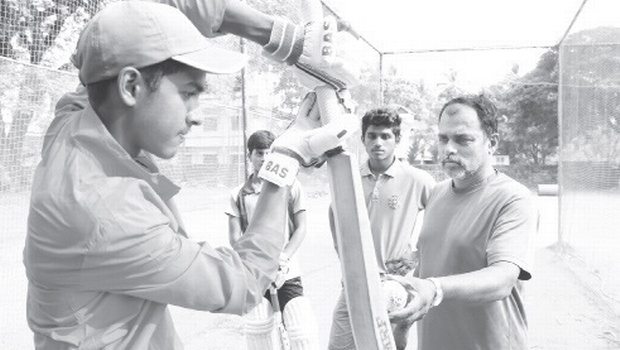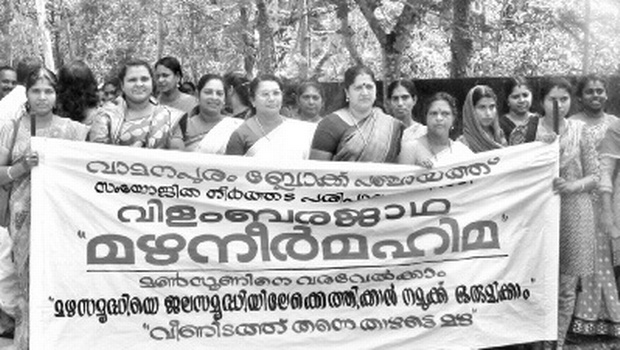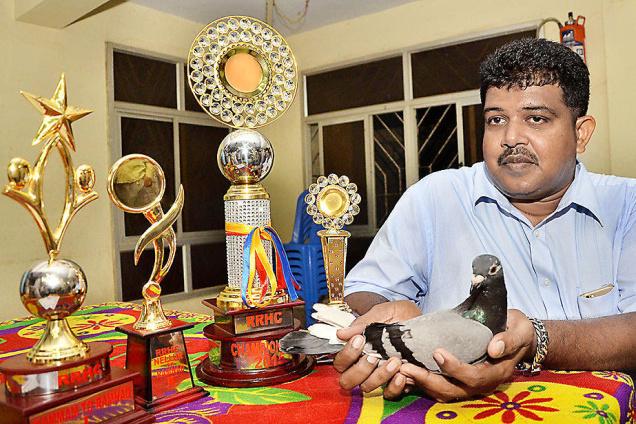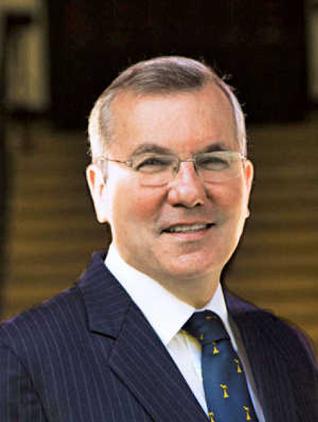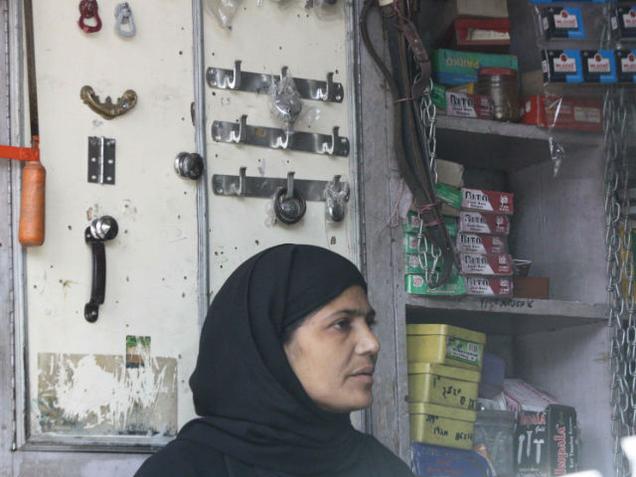
The Hashimpura massacre left a whole group of aggrieved women “victims” of state injustice
For several years, residents of Meerut found it rather odd to see a Muslim woman in a black scarf running a hardware shop on the Hashimpura main road. Little did they know that it was only the massacre of 1987 that led Anjum, a shy housewife then in her early twenties, to be transformed into a sharp businesswoman who is known in the vicinity as “hardware wali Anjum.”
The 42 who were killed in cold blood by the Provincial Armed Constabulary on May 22, 1987, included Mohammad Jameel, her father-in-law, an employee with the Meerut Municipal Corporation, who was the main breadwinner of the house and his youngest Naseem. Unable to bear the death of his father and younger brother, Mohammad Saleem, her husband committed suicide the same year, leaving her alone to take care of three children.
For Anjum, who was just four years into her marriage then, it was not an easy decision to make. Like any other Muslim woman in Hashimpura she had never stepped out of her in-laws’ house.
“Seeing my husband commit suicide left me broke from within. Finding me without any male in my family, my in-laws attempted to encroach on my husband’s shop and the rest of the property,” says Anjum while dealing with customers in between the conversation.
“But I had to take a decision. And it was not an easy decision to make,” says the woman in her early forties. Her education till graduation from Ismail Girls College in Meerut, came in handy when she had to don the role of a business woman.
Anjum, the owner of “Janta hardware store,” is not alone in this. The Hashimpura massacre left a whole group of aggrieved women “victims” of state injustice but many of them decided to instead become the controllers of their destiny.Women of as many as 42 families who lost their men to the bullets of the PAC decided to defy the stereotypes about Muslim women as docile homemakers and started working to survive. The society where the idea of working woman used to be a social taboo soon witnessed a large number of houses having women in the role of breadwinners and financial guardians. In the process, Hashimpura also became the only area in Meerut with the largest number of working women.
In the immediate aftermath of the massacre the task of running 42 homes was an overpowering challenge before the Committee for Justice for Victims of the Hashimpura Massacre, a group of the survivors and family members of those killed in the massacre.
“It was a big tragedy we were faced with — the fact that 42 families lost their breadwinners. The biggest priority for us was to ensure survival of these families,” says Zulfiqar Nasir who had deceived the bullets of the PAC while remembering how the Army had herded all the “young and productive” men of Hashimpura into the truck on the fateful Friday, May 22, 1987, only to kill 42 of them in cold blood.
Zaibun Nisa, who was one of those women who started working after she lost her husband Iqbal in the massacre, in order to run the family of three, recalls, “So, the Hashimpura Justice Committee decided that women can go out and work. There was resistance from the rest of the Muslim society in Meerut but we didn’t care because we had seen the biggest tragedies of our lives and our priority was to survive.”
Naseem Bano recounts to this correspondent how she was into her early twenties when the deaths of Siraj, then 23 year old, her only brother in the massacre, left her father a “dead man.”
“My father, who used to sell bangles, couldn’t bear the tragedy of seeing his young son getting killed. After his death, I had three young sisters to take care of. I started teaching Urdu in the local senior secondary school,” says Ms. Bano whose husband left her when she started working.
“All of us, the man-cum-women of our respective houses, became in a sense sisters. Seeing so many of our sisters in difficult circumstances also became a source of inspiration and determination that all of us have to work and survive,” she narrates while supervising the construction of her house.
Inspired by the stories of courage and strength of women in Hashimpura, Mohammad Naeem one of the survivors of PAC’s bullets, is hell bent that all of his daughters are not only educated but receive higher education. His eldest daughter Nuris Parveen is doing M. Phil. in Social Work from Mahatma Gandhi Hindi University in Wardha. Seeing his commitment, V.N. Rai, a retired IPS officer and former Vice-Chancellor of the university, had a few years ago, decided to facilitate her education.
source: http://www.thehindu.com / The Hindu / Home> News> National> Other States / by Mohammad Ali / Meerut – April 07th, 2015

